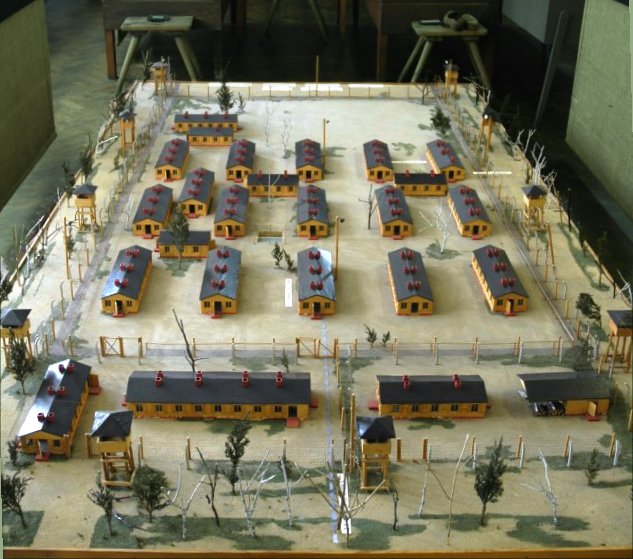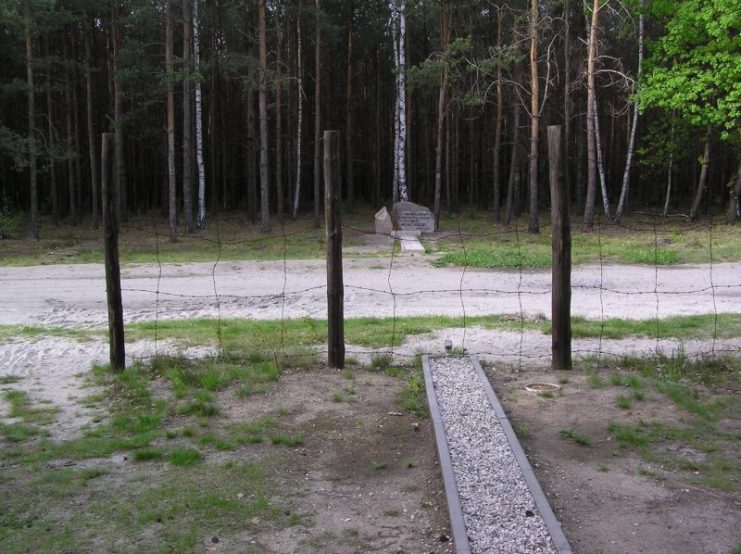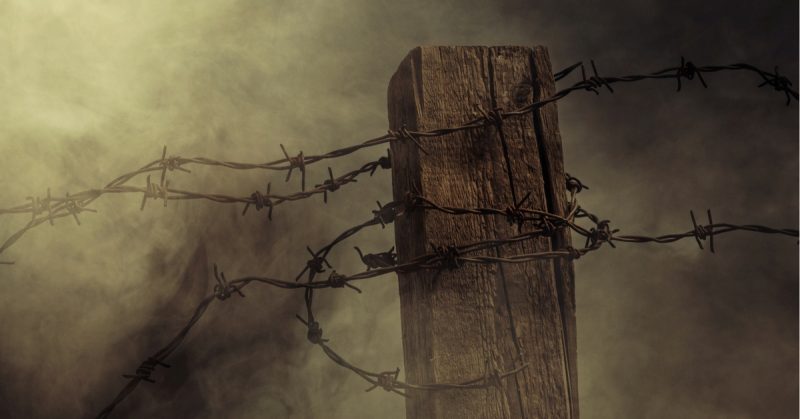After 74 years, the most revealing report about the prisoner of war camp made famous in the movie “The Great Escape,” has been released to the public. The report contains accounts from the 26 men who participated in the escape and were recaptured but not executed by the Nazis.
In one case, Lieutenant Alexander Neely made it to Berlin but was recaptured. He was given the address of a brothel instead of the rendezvous point where he was supposed to meet someone from Sweden who would help him get out of Germany.
Flight Lieutenant Sydney Dowse recounted being part of a group that walked for twelve days and nights. They managed to convince a farmer that they were Polish workers but, eventually, they were found out by a member of the Hitler Youth.
After WWII, Britain’s War Office filed away a 250-page report about Stalag Luft III, the German Prisoner of War Camp where the escape took place. It remained in the files until historian Martin Mace happened upon it while researching a different project.
The report has now been published in “Stalag Luft III, An Official History of the ‘Great Escape’ PoW Camp.” The book provides new details into life in the camp and includes information on those who escaped and how the Planning Committee operated and organized escapes.

The book also gives light on the German administration of the camp, the conditions which the prisoners had to endure and how they were able to maintain morale.
Stalag Luft III was located in Sagan, Poland. The barracks were raised above the ground to make it easier to spot if the prisoners were digging tunnels. Still, the prisoners ingeniously tunneled through 100 yards of loose sand.
On the night of March 24, 1944, the plan was for 200 Allied airmen to escape through the tunnel they had nicknamed “Harry.” 76 men made it before the guards discovered the plot. Only three of the escapees avoided recapture. Adolf Hitler ordered the execution of 50 of the recaptured men.
Lieutenant Neely was the 28th man through the tunnel. He made it to Berlin, where he walked around until he caught the 4:20 train to Stettin. There, he stayed the night in a hotel. The next morning he headed to the address he had been given.
The people there told him he had the wrong number and sent him next door. That turned out to be a brothel. The ladies said they could not help him but that he could wait there until his Swedish contact arrived.

Eventually, he left and met a Frenchman in the street who helped him find shelter at a hospital. Neely remained at the hospital for two days. He stayed hidden during the day and went out at night with the Frenchman to look for the Swede.
Flight Lieutenant Sydney Dowse was the 21st man to go through the tunnel. He walked with a group for 12 days and nights, before taking shelter in a barn. The farmer discovered them but believed their story that they were Polish workers escaping from Germany. He allowed them to stay in the barn until the evening but a member of the Hitler Youth spotted them and contacted the German Home Guard, ending their escape attempt.
The Planning Committee is analyzed in depth in the book. The Committee was formed by RAF Squadron Leader Roger Bushell, to collect information from veterans who had tried to escape and failed. The Committee then used the information to plan their Great Escape.
An expert in a particular type of escape interviewed anyone with a proposal for escaping. They then discussed any problems in the plan and worked with the proposer to improve it. If the idea seemed promising, it was presented to Bushell. The Committee then provided the prisoners with everything they needed for a successful escape.
